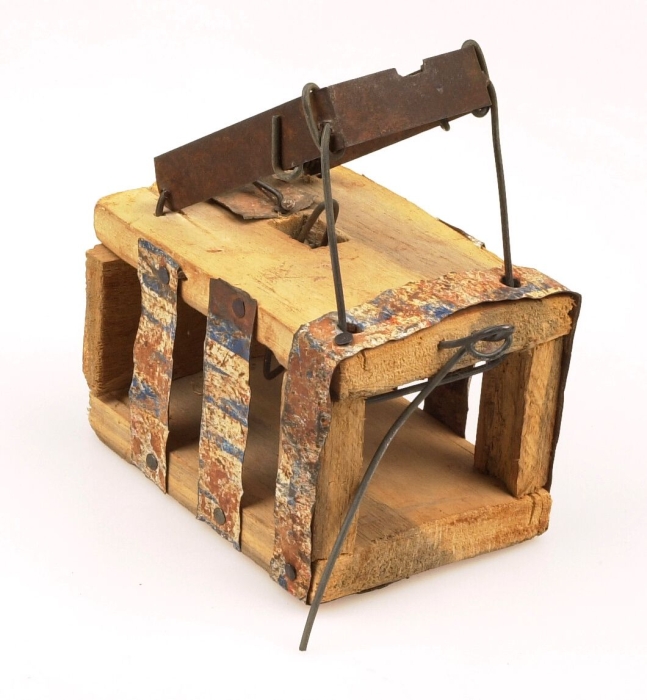Rodent traps can be effective in combating house mouse infestations

Rodent traps can be effective in combating house mouse infestations – ECHA’s Biocidal Products Committee (BPC) considers that mechanical traps are suitable alternatives to anticoagulants for controlling indoor mouse infestations. However, their effectiveness is uncertain for other applications and target animals such as rats. The Committee also considered chemical alternatives in its advisory report on the comparative assessment of anticoagulant rodenticides.
At its November meeting, the BPC adopted its opinion on the comparative assessment for the second renewal of all anticoagulant or anti-vitamin K (AVK) rodenticides in the EU. This assessment, which looked at chemical and non-chemical alternatives to anticoagulants, was carried out by ECHA at the request of the European Commission.
Summary
In summary, the advice is as follows:
- Non-chemical alternatives:
– Mechanical traps used by the general public and (trained) professionals to control house mice indoors are considered effective.
– The use of these traps in this setting does not present significant practical and economic disadvantages and will result in a significantly lower risk to human and animal health and the environment compared to anticoagulant rodenticides.
– It was recommended to obtain more information to confirm the conclusion, as the available test did not take into account different pest situations (e.g. building types, trap types and pest levels).
– The BPC could not conclude whether mechanical traps are effective for permanent bait. - Chemical alternatives:
– Cholecalciferol and alpha chloralose were considered suitable for controlling house mice and for permanent indoor baiting when done by professional users.
– The BPC could not conclude that cholecalciferol and alphachloralose have a significantly better risk profile for human health, animal health and the environment compared to the anticoagulant rodenticides.
– Carbon dioxide was considered suitable by trained professionals for permanent indoor mouse control. It has a significantly lower overall hazard profile and risk compared to anticoagulant rodenticides.
One test enough?
‘We had one test available for the use and effectiveness of rodent traps to control mice indoors. This test was carried out according to existing EU directives. The committee discussed whether one test is sufficient. Because the trap used turned out to be effective, we concluded that rodent traps are suitable alternatives,’ says BPC chairman Erik van de Plassche in a new episode of the Safer Chemicals podcast.
Next steps
The advice of the BPC will be sent to the European Commission, which will prepare its decision on the basis of the advice. The Commission’s decision is expected to include recommendations to Member States on how to proceed with product authorizations for anticoagulant rodenticides. The next comparative assessment is expected in five years.
***
The BPC has also adopted four opinions on active substances and five on Union authorisations. More details about this and other advice can be found in the appendix.
The committee met in person from 22 to 24 November 2022. The opinions will soon be available on the BPC webpage. The next meeting will take place in March 2023.
More information
- Annex to news, 29 November 2022[PDF][EN]
- Mandate from the European Commission to ECHA [PDF][EN]
- Meeting agenda [PDF][EN]
- Approval of active substances
- Consent of the Union
- Vacancy: Chair of ECHA’s Biocidal Products Committee
Source: ECHA
Also Read: Need help meeting Japan’s new SDS requirements
Reservation
This information has been compiled with the greatest possible care, in some cases from different information sources. (Interpretation) errors are not excluded. No legal obligation can therefore be derived from this text. Everyone dealing with this subject has the responsibility to delve into the matter!
